Emergence of Circular Economy Practices
The emergence of circular economy practices is reshaping the Sustainable Adhesive Market. This approach emphasizes the importance of reusing and recycling materials, which aligns with the principles of sustainability. Companies are increasingly adopting circular economy models to minimize waste and maximize resource efficiency. For instance, manufacturers are exploring ways to create adhesives that can be easily disassembled and recycled at the end of their life cycle. This shift is not only beneficial for the environment but also presents new business opportunities. The Sustainable Adhesive Market is likely to see a rise in demand for products that support circular economy initiatives, as stakeholders recognize the long-term benefits of sustainable practices. As a result, this trend could lead to innovative product development and enhanced market competitiveness.
Technological Advancements in Adhesive Production
Technological advancements in adhesive production are reshaping the Sustainable Adhesive Market. Innovations in manufacturing processes, such as the development of bio-based adhesives, are enhancing performance while reducing environmental impact. For instance, the introduction of new polymerization techniques allows for the creation of adhesives that are both effective and sustainable. This shift is evidenced by a projected increase in the market size, which is expected to reach USD 10 billion by 2026. Furthermore, advancements in recycling technologies are enabling the recovery of adhesive materials, thus promoting a circular economy. As manufacturers adopt these technologies, the Sustainable Adhesive Market is likely to witness a surge in demand for eco-friendly products, aligning with global sustainability goals.
Growth of the Construction and Automotive Industries
The growth of the construction and automotive industries is a crucial driver for the Sustainable Adhesive Market. As these sectors expand, the demand for adhesives that meet stringent performance and environmental standards is increasing. In construction, sustainable adhesives are being utilized for flooring, insulation, and other applications, contributing to energy efficiency and reduced waste. Similarly, the automotive industry is adopting eco-friendly adhesives for vehicle assembly, which enhances fuel efficiency and reduces emissions. Market forecasts suggest that the construction sector alone will account for a significant share of the adhesive market, with a projected growth rate of 8% annually. This trend underscores the importance of sustainable solutions in both industries, thereby propelling the Sustainable Adhesive Market forward.
Increasing Regulatory Support for Sustainable Products
Increasing regulatory support for sustainable products is a pivotal driver in the Sustainable Adhesive Market. Governments worldwide are implementing stringent regulations aimed at reducing the environmental footprint of industrial processes. For example, regulations that limit the use of volatile organic compounds (VOCs) in adhesives are pushing manufacturers to innovate and develop greener alternatives. This regulatory landscape is expected to propel the market, with estimates suggesting a compound annual growth rate (CAGR) of 7% from 2023 to 2028. Compliance with these regulations not only enhances product appeal but also opens new market opportunities for companies that prioritize sustainability. As a result, the Sustainable Adhesive Market is likely to expand, driven by both compliance and consumer preference for eco-friendly solutions.
Rising Consumer Awareness and Demand for Sustainability
Rising consumer awareness and demand for sustainability are significantly influencing the Sustainable Adhesive Market. As consumers become more informed about environmental issues, their preferences are shifting towards products that are eco-friendly and sustainable. This trend is reflected in the increasing sales of bio-based adhesives, which are perceived as safer and more environmentally responsible. Market Research Future indicates that approximately 60% of consumers are willing to pay a premium for sustainable products, which is driving manufacturers to adapt their offerings. Consequently, the Sustainable Adhesive Market is experiencing a transformation, with companies investing in research and development to meet this growing demand. This shift not only benefits the environment but also enhances brand loyalty among consumers who prioritize sustainability.


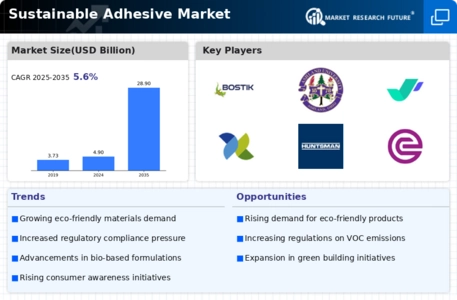
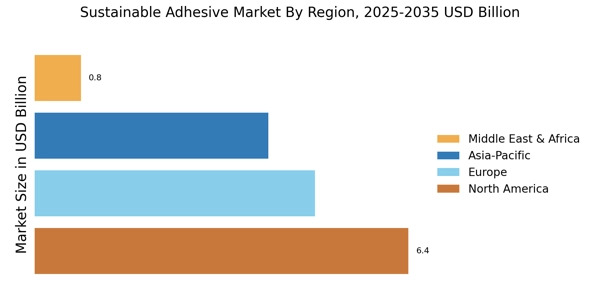


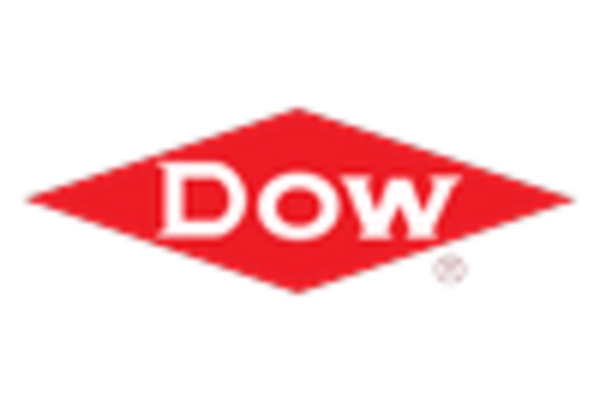
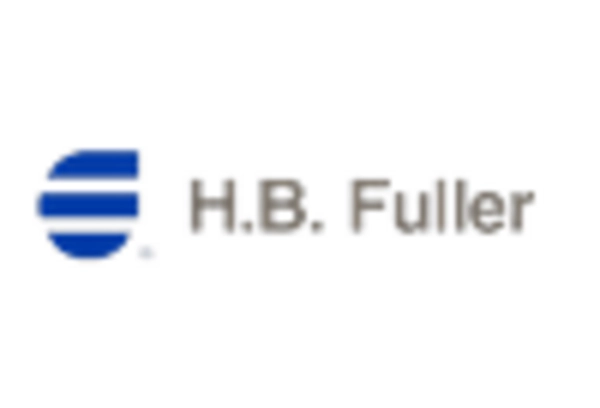
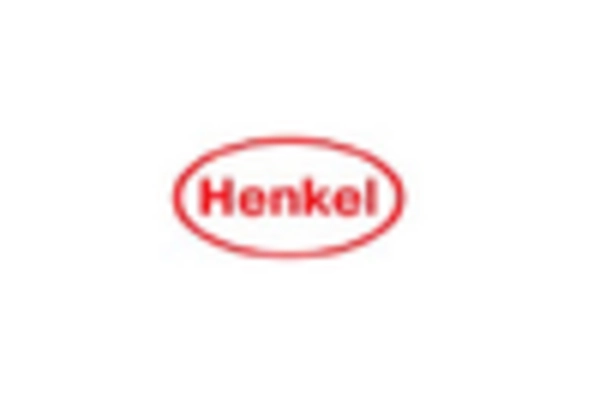









Leave a Comment